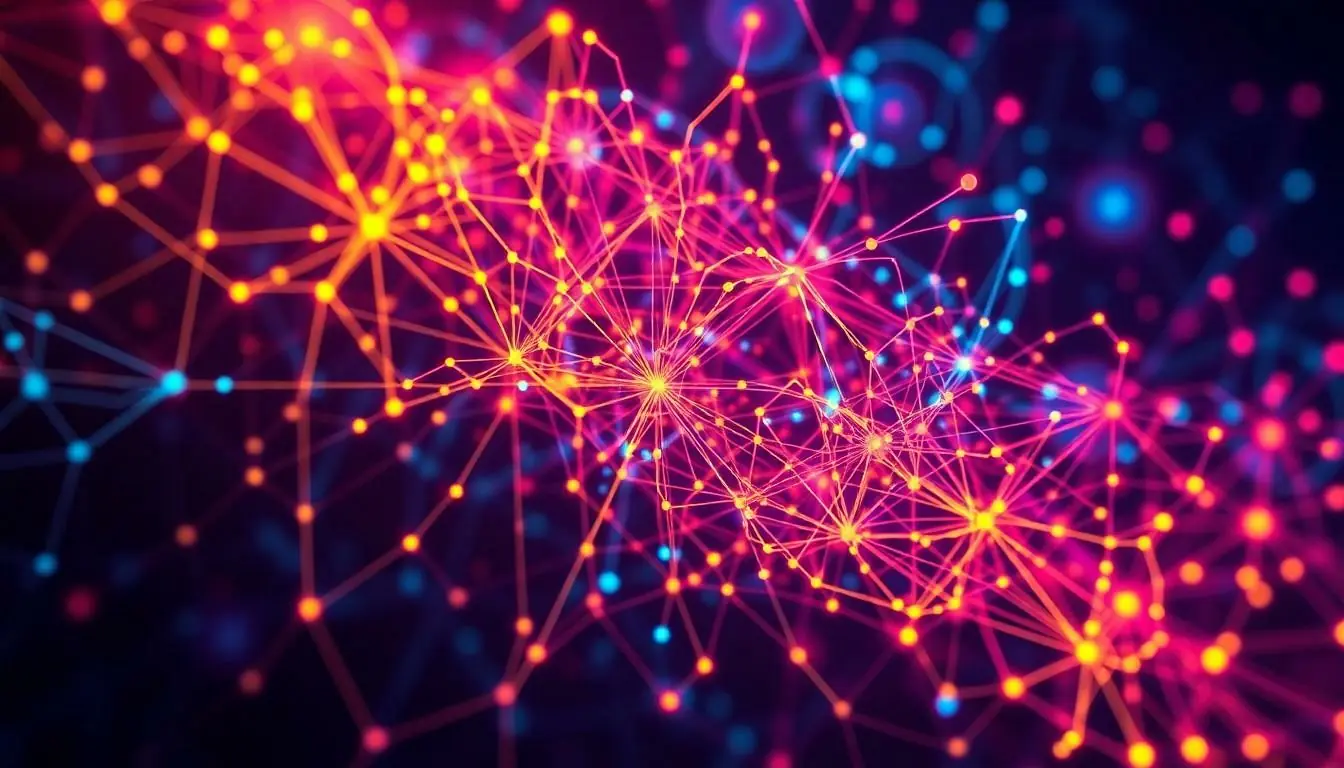In a world where artificial intelligence can whip up a sonnet or crack a dad joke, it’s a bit puzzling that ChatGPT can’t conjure images. Picture this: you ask it to create a masterpiece, and instead, it hands you a well-crafted text response. What gives? Is it shy? Does it have a secret vendetta against visual art?
The truth is, while ChatGPT excels at understanding and generating text, it’s not equipped to play Picasso. This article dives into the quirky reasons behind its inability to create images and what that means for users. So buckle up for a fun exploration of AI’s artistic limitations—after all, who knew a chatbot could be so good at keeping its paintbrushes tucked away?
Table of Contents
ToggleUnderstanding ChatGPT’s Capabilities
ChatGPT excels in text generation but doesn’t generate images. This distinction arises from its design and primary function, which centers on language processing.
What Is ChatGPT?
ChatGPT is a language model developed by OpenAI. It processes vast amounts of text to understand and produce human-like responses. Many users employ it for writing assistance, information retrieval, and conversational queries. This system relies on deep learning techniques to comprehend context and generate coherent text based on the input it receives.
Common Misconceptions About ChatGPT
Many people mistakenly believe ChatGPT can create images. Misunderstandings arise due to the advanced nature of AI technologies. Some assume its capabilities extend beyond text, but it remains a text-only model. Others confuse it with AI models focused on image generation, like DALL-E. Those models specialize in visual content, showcasing how different AI systems serve distinct purposes. Understanding these differences clarifies ChatGPT’s role in the AI landscape.
Technical Limitations of ChatGPT

ChatGPT’s architecture emphasizes text generation, which explains its inability to create images. The system cannot function as a visual content generator.
Text-Based Model Architecture
ChatGPT relies on a transformer-based architecture designed specifically for handling text data. It processes large datasets of written language, enabling the generation of coherent and contextually relevant responses. This architecture focuses on understanding language patterns and nuances, which doesn’t extend to visual comprehension. Text-input handling defines its operation, ensuring that the model excels in producing textual outputs rather than images. Text generation remains at the core of its capabilities, limiting any visual creative processes.
Image Generation Technologies
Various technologies exist for image generation, contrasting with ChatGPT’s text-focused design. DALL-E, a notable model by OpenAI, specializes in creating images based on textual descriptions. This model utilizes a different architecture that combines language input with visual patterns, allowing it to generate images effectively. Many users confuse ChatGPT with these image-generating models, leading to misconceptions about its capabilities. Understanding the distinction between these technologies clarifies the different functions AI models serve. Visual media generation requires specialized frameworks, highlighting the distinct roles of text and image-focused AI systems.
The Role of Image Generation AIs
Image generation AIs play a distinct role in the artificial intelligence ecosystem. These systems specialize in creating visual content from text descriptions, relying on different algorithms compared to text-based models like ChatGPT.
Overview of Popular Image Generators
DALL-E stands out as a leading image generator, known for its ability to transform written prompts into compelling images. Midjourney and Stable Diffusion are other noteworthy examples that have gained popularity for their unique styles and capabilities. Users often turn to these platforms to produce stunning visuals that convey complex ideas. Each of these generators employs advanced techniques to interpret text and visualize it in artistic forms, showcasing the diversity of AI applications in the creative space.
Differences Between Text and Image Models
Text models primarily focus on understanding and generating language. Their primary goal involves processing and producing coherent text responses. Conversely, image models emphasize visual interpretation, translating text inputs into graphics. While both types of AI share foundational technologies, their methodologies differ significantly, further delineating their capabilities. Image models leverage pixel data to construct visuals, while text models emphasize language patterns. This specialization leads to distinct outputs tailored to their respective formats, clarifying why ChatGPT remains strictly a text generator.
User Expectations and Experiences
Users often fantasize about ChatGPT generating images, hoping for a seamless integration of text-based prompts into visual creations. Expectations sometimes stem from the capabilities of other AI models, creating misconceptions about ChatGPT’s functions.
Why Users Want Image Generation
Users desire image generation for various reasons, including enhancing creativity and improving communication. Visual content engages audiences more effectively, fostering a deeper emotional connection. They often seek quick, relevant illustrations for projects, marketing materials, or social media. Instantaneous access to visual representation can accompany textual descriptions, creating a richer user experience. Furthermore, many aim to explore artistic ideas without the need for extensive graphic design skills.
Case Studies of User Queries
Questions related to image generation abound, showcasing user interest. For instance, a user asking, “Can you create a painting of a mountain landscape?” expects an immediate visual output. In another case, someone might inquire about generating an infographic from a detailed textual dataset. Requests often illustrate a demand for easy conversion of ideas into visuals, demonstrating the broader trend of integrating image creation into conversational AI. Users frequently express disappointment upon learning ChatGPT’s limitations, reinforcing the desire for a combined text and image generation experience.
Understanding why ChatGPT can’t generate images reveals the distinct roles various AI models play in the creative landscape. While ChatGPT excels in text generation, its architecture is tailored specifically for language processing, leaving visual creation to other specialized models.
Users often wish for a seamless blend of text and imagery, driven by the capabilities of other AI systems. However, recognizing the limitations and strengths of each model enhances the user experience and sets realistic expectations. Embracing these differences allows users to leverage the unique advantages of text-based and image-generating AIs effectively.





